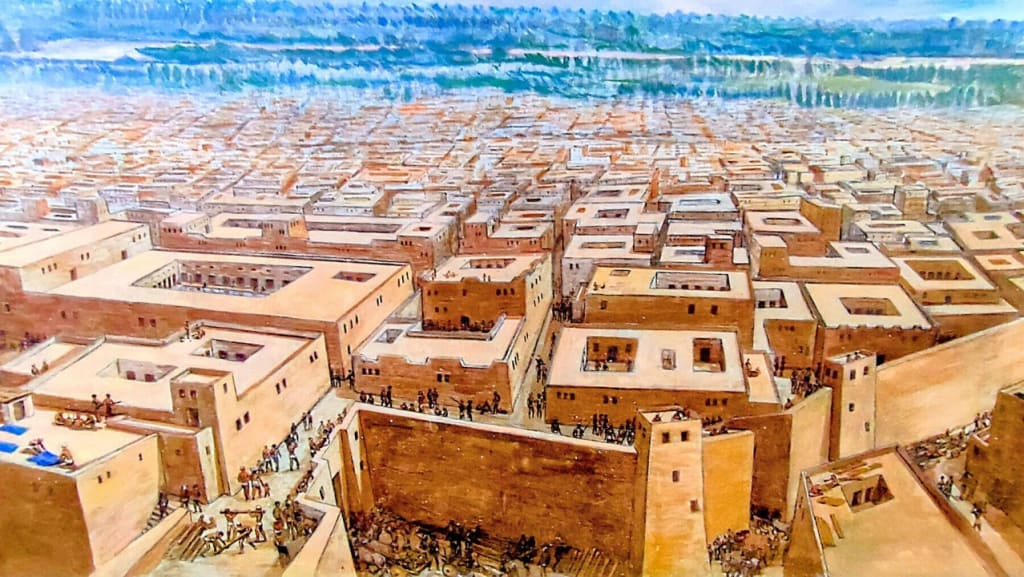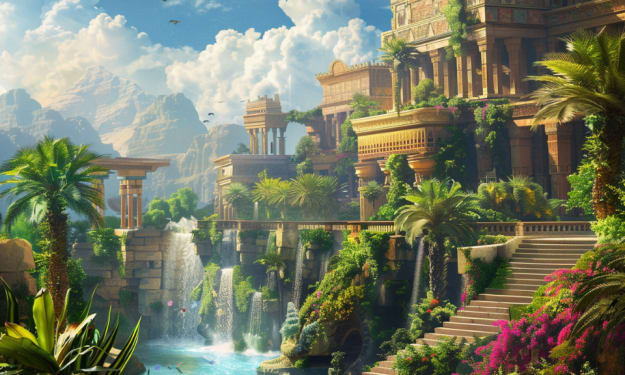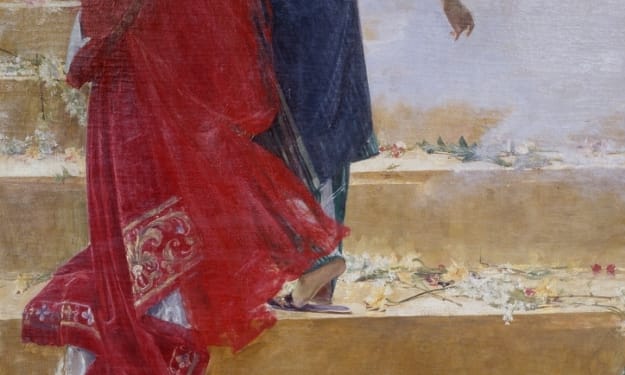Mohenjo-daro: The Ancient Indus Valley Civilization
History

Mohenjo-daro, one of the most prominent archaeological sites in the world, stands as a testament to the advanced urban planning and sophistication of the ancient Indus Valley Civilization. Located in present-day Sindh, Pakistan, this ancient city flourished around 2500 BCE and was one of the largest settlements of its time. Despite its antiquity, Mohenjo-daro continues to intrigue historians and archaeologists with its remarkable infrastructure, social organization, and mysterious decline. In this article, we delve into the history, features, and legacy of Mohenjo-daro.
The city of Mohenjo-daro, meaning "Mound of the Dead," was discovered in the 1920s by archaeologist R. D. Banerji. Excavations revealed a highly planned urban settlement that rivaled contemporary civilizations like Mesopotamia and Ancient Egypt. The city's grid layout, sophisticated drainage systems, and standardized building materials underscore the Indus Valley Civilization's advanced engineering and organizational skills.
One of the most striking features of Mohenjo-daro is its urban planning. The city was divided into two main sections: the Citadel and the Lower City. The Citadel, built on a raised platform, likely served as the administrative and religious center, housing important structures such as the Great Bath, granaries, and assembly halls. The Lower City, where the majority of the population lived, featured a well-organized grid of streets and residential buildings made of uniform baked bricks.
The Great Bath of Mohenjo-daro is one of the most iconic structures of the site. Measuring approximately 12 meters by 7 meters and 2.4 meters deep, this large, public bathing area suggests that ritualistic or communal bathing played a significant role in the society. The bath was ingeniously constructed with a waterproof bitumen lining, staircases leading down into the pool, and a sophisticated drainage system to manage water.
Mohenjo-daro's advanced drainage and sanitation systems are particularly noteworthy. The city's streets were lined with covered drains made of bricks, and nearly every house had access to a private well and bathroom. This level of public hygiene was unparalleled in the ancient world and reflects a high degree of civic planning and concern for health.
The residential architecture of Mohenjo-daro also demonstrates the city's advanced planning. Houses were typically two to three stories high and featured courtyards, flat roofs, and standardized brick sizes. Many homes had their own wells, kitchens, and bathrooms, indicating a relatively high standard of living and an emphasis on privacy and convenience.
Artifacts found at Mohenjo-daro provide valuable insights into the daily lives, culture, and economy of its inhabitants. Seals, pottery, tools, and ornaments suggest a society engaged in trade, agriculture, and various crafts. The presence of seals with pictographic script hints at a form of writing, though it remains undeciphered to this day. These artifacts also indicate that the Indus Valley Civilization had extensive trade networks, reaching as far as Mesopotamia.
Despite its achievements, Mohenjo-daro and the wider Indus Valley Civilization mysteriously declined around 1900 BCE. The reasons for this decline remain a subject of speculation and debate among scholars. Possible explanations include climate change, shifts in river patterns, economic decline, or invasions. However, there is no conclusive evidence to pinpoint the exact cause of the civilization's downfall.
The legacy of Mohenjo-daro is profound, as it offers a glimpse into one of the world's earliest urban civilizations. Its advanced infrastructure, social organization, and technological innovations highlight the ingenuity of the Indus Valley people. The city serves as a reminder of the heights of human achievement in antiquity and the complexities of early urban life.
Today, Mohenjo-daro is a UNESCO World Heritage site, attracting researchers, tourists, and history enthusiasts from around the globe. Preservation efforts are ongoing to protect the site from environmental and human-induced damage. The city continues to be a focal point for archaeological studies, with new discoveries adding to our understanding of this ancient civilization.
In conclusion, Mohenjo-daro stands as a symbol of the Indus Valley Civilization's architectural and cultural prowess. Its meticulous urban planning, sophisticated sanitation systems, and rich material culture provide valuable insights into one of the world's earliest complex societies. As we continue to explore and uncover the mysteries of Mohenjo-daro, we gain a deeper appreciation for the ingenuity and resilience of our ancient ancestors. This ancient city not only enriches our historical knowledge but also inspires awe at the enduring legacy of human creativity and innovation.
About the Creator
Marveline Merab
“History never repeats itself. Man always does.”
― Voltaire
Enjoyed the story? Support the Creator.
Subscribe for free to receive all their stories in your feed. You could also pledge your support or give them a one-off tip, letting them know you appreciate their work.






Comments
There are no comments for this story
Be the first to respond and start the conversation.